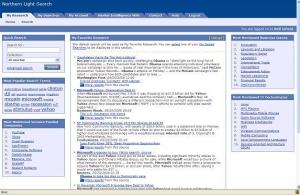 I am aware that the producers of Dragon’s Den select some of their ‘victims’ purely for their entertainment factor, rather than as a serious business proposition.
I am aware that the producers of Dragon’s Den select some of their ‘victims’ purely for their entertainment factor, rather than as a serious business proposition.
The couple who ‘invented’ the idea of the Layline must surely fall into this category. I have to admit that the idea of buying a sheet with a tactile line woven through the middle to avoid arguments about who has taken the lion’s share of the bed does seem somewhat nutty.
However, despite being dismissed as “ridiculous” by the fearsome dragons it would appear that Ros Adams and John Foster-Smith had the last laugh. According to Real Business they were knowingly using the show as a way of publicising themselves and their serious business, FilmCircle – a DVD website.
But even their website for the Layline product shows how they have been able to use their opportunity to maximum benefit. For a start they have used the classic “As seen on TV” quote on a nice red banner in the top right-hand corner. Even more cheekily they have used used the following quotes out of context: “Television gold”, The Daily Telegraph – “This pitch..is a gem”, RealBusiness.co.uk.
I have to say I admire their chutzpah.






 their core areas of business have leapt by 75 per cent to just under £2million. Demand for the new maintenance business and tanker work has increased, bringing total turnover for 2005 to £2.5m.
their core areas of business have leapt by 75 per cent to just under £2million. Demand for the new maintenance business and tanker work has increased, bringing total turnover for 2005 to £2.5m.

